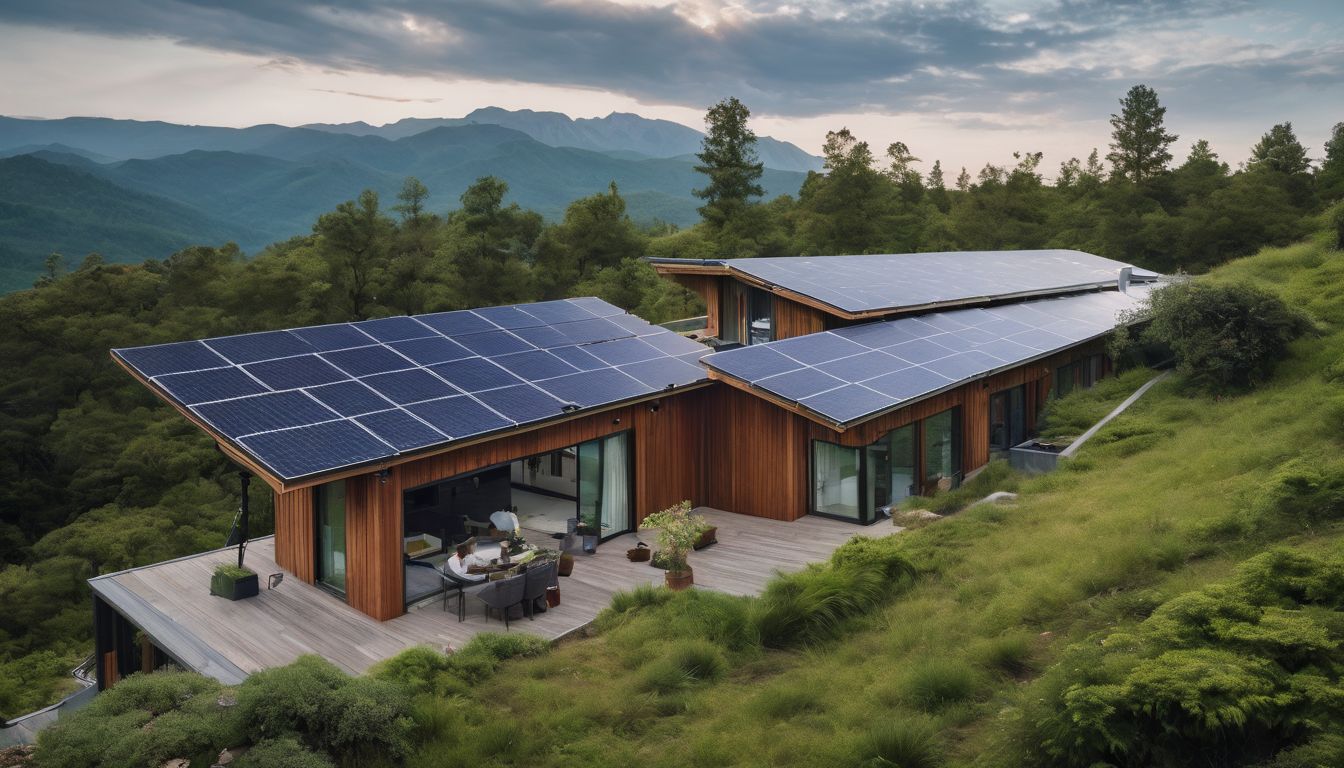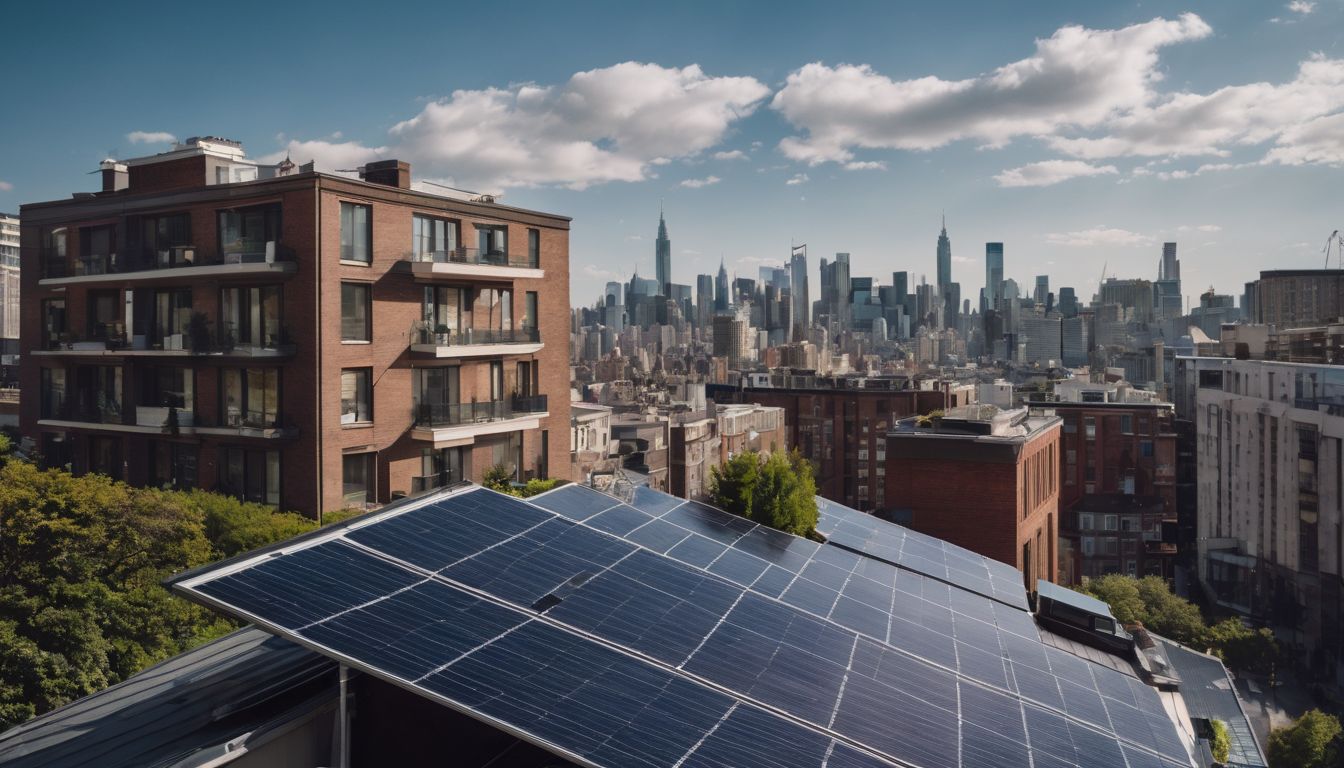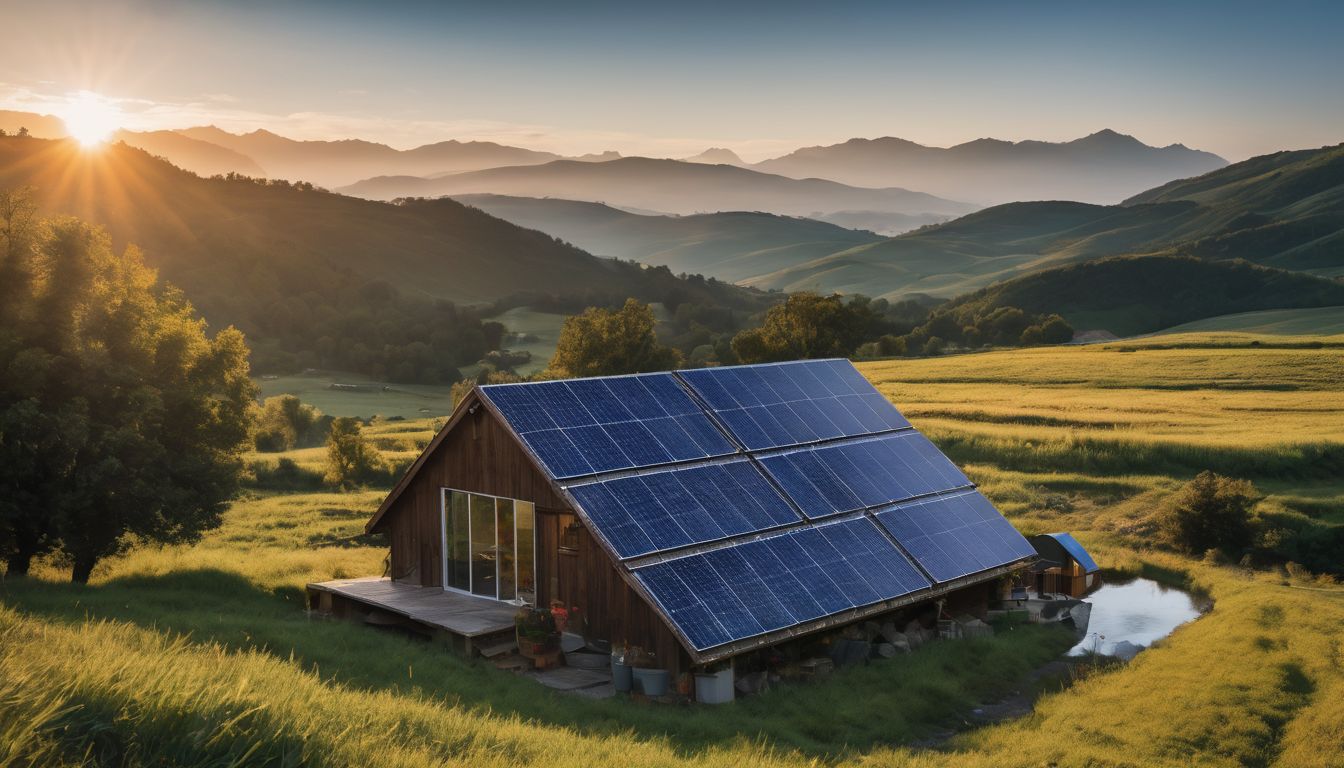Solar energy can be used to power more than just your solar fans can keep you cool. In this guide I will show you how to build a solar toy to enhance your playtime.
BENEFITS FOR THE ENVIRONMENT: Solar panels create electricity from the power of the sun without emitting solar power .
Cost: Low. Most of the materials you need to build a solar toy car can be found for free by searching around your home and in your recycling bin. However, you will need to purchase a small solar panel and electric motor. There are many solar car kits available. I recommend the Sunny Side Up Kit from SunWind Solar Industries for price (about $20) and performance.5
Time and Effort: Based on personal experience, building a toy solar car should not take more than a couple of hours.
Getting Started: There are five main components of a car that you will need to design when creating your toy solar car:7
- Chassis: This is the frame of the car and holds all of its main parts together.8 In choosing materials, think about its weight and stiffness because your model should be fast and sturdy.
- Wheels and Bearings: The wheels support the chassis and allow the car to roll while the bearings support the wheels and allow them to rotate. 9
- Power Source: The solar panel will capture energy from the sun and turn it into electrical energy. The electric motor will then use this energy to power the wheels of your car.10
- Body: The body is not only the outward representation of your hard work but the design should also be aerodynamic to increase speed.
- Transmission: The transmission transfers power from the motor to the wheels. In choosing a design you will want to keep it simple.11 Some transmission types include:
- Direct drive—where the motor shaft is connected directly to the wheels. 12
- Friction drive—where a friction disk rubs directly on the drive wheel. 13
- Belt drive—uses a belt and pulley system to create wheel rotation. 14
Below is a list of possible materials that can be used to customize your solar model car kit design:
Materials
Chassis
- Cardboard
- Paper tubes
- Styrofoam
- Soda bottles
- Shoeboxes
- Any rigid plastic
- Wood
Axels
- Nails
- Coat-hanger wire
Body/Shell
- Poster board
- Cardboard
- Foam core
- Plastic sheets
Bearings
- Wood
- Aluminum
- Pencils
- Pens
- Sticks
Wheels and Transmission
- Thread Spool
- Buttons
- Rubber bands on a tin can
- Cans
- Brass rods
- Toy wheels
- Tape spool
- Stiff plastic cut into a circle
- Plastic pipe
Designing the Chassis and Body
The chassis of a vehicle is its frame and therefore holds all of its main parts together. In choosing materials and shapes you will come across several tradeoffs, as there is no perfect combination.
The chassis should be sturdy enough to hold the weight of all the parts, but not too heavy so that it moves too slowly to win the race.
The shape of your material can add to its stiffness without adding weight. For example, a piece of paper folded in half cannot hold as much as a piece of paper rolled.
Designing the Wheels and Bearings
The wheels support the chassis and allow it to roll while the bearings support the wheels and allow them to rotate. In choosing your materials you will need to keep in mind friction and traction. Friction is a resisting force between two materials that are in contact and moving past each other. Traction helps tires grip surfaces and not slip and slide around.
It is best to reduce the friction between the wheels, bearings, and chassis so that the car moves smoothly. If the wheels are slipping on the ground, you will need to add traction to the wheels. This will also help the car move in the direction of the finish line. However, too much traction can slow the car down. You can also adjust the traction between the wheels and the road by adjusting the weight on the ties. You can also try adding a non-slipping gel to the wheels to provide traction without adding any significant weight.
After assembling the chassis, body, wheels and bearings, test the movement of your car before moving on to other design features.
Power Source
With the chassis, body, wheels, and bearings complete, open your solar panel kit. The solar panel should be attached to the roof of your car and tilted in whatever way necessary to capture the most sunlight. Next, the motor should be affixed to the chassis. It is important that both items are attached and secure—you should be able to pick up the car by holding onto the motor without it detaching.
Designing the Transmission
For solar toy cars, a belted transmission is the simplest way to transfer the power from the motor to the wheels. You can use the transmission provided in the kit, or create a transmission that connects to the front or rear wheels using a rubber band and an additional wheel.
Below are pictures of typical solar car kit motor to transmission construction. Figure 1 shows the motor attached to the chassis and a belt pulley system for the transmission to turn the wheels. Figure 2 shows what this transmission looks like underneath the chassis. A rubber band is connected to a wheel, there is a rod going through that wheel, and the rod is connected to two outer wheels either front or back.
In design you will not know what problems you have until you have them, so don’t worry about making mistakes, but experiment early and often to make adjustments and create the best car!




